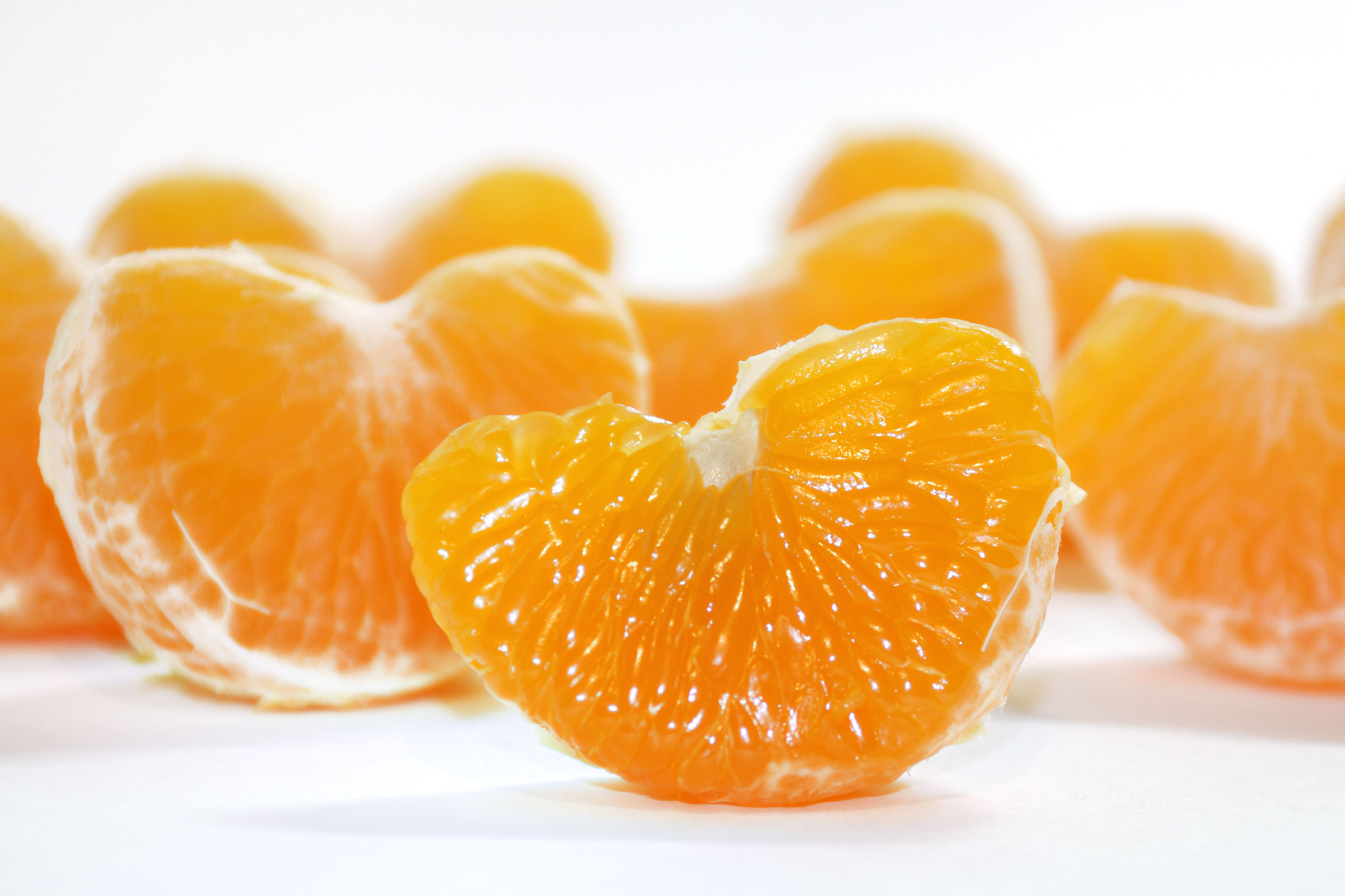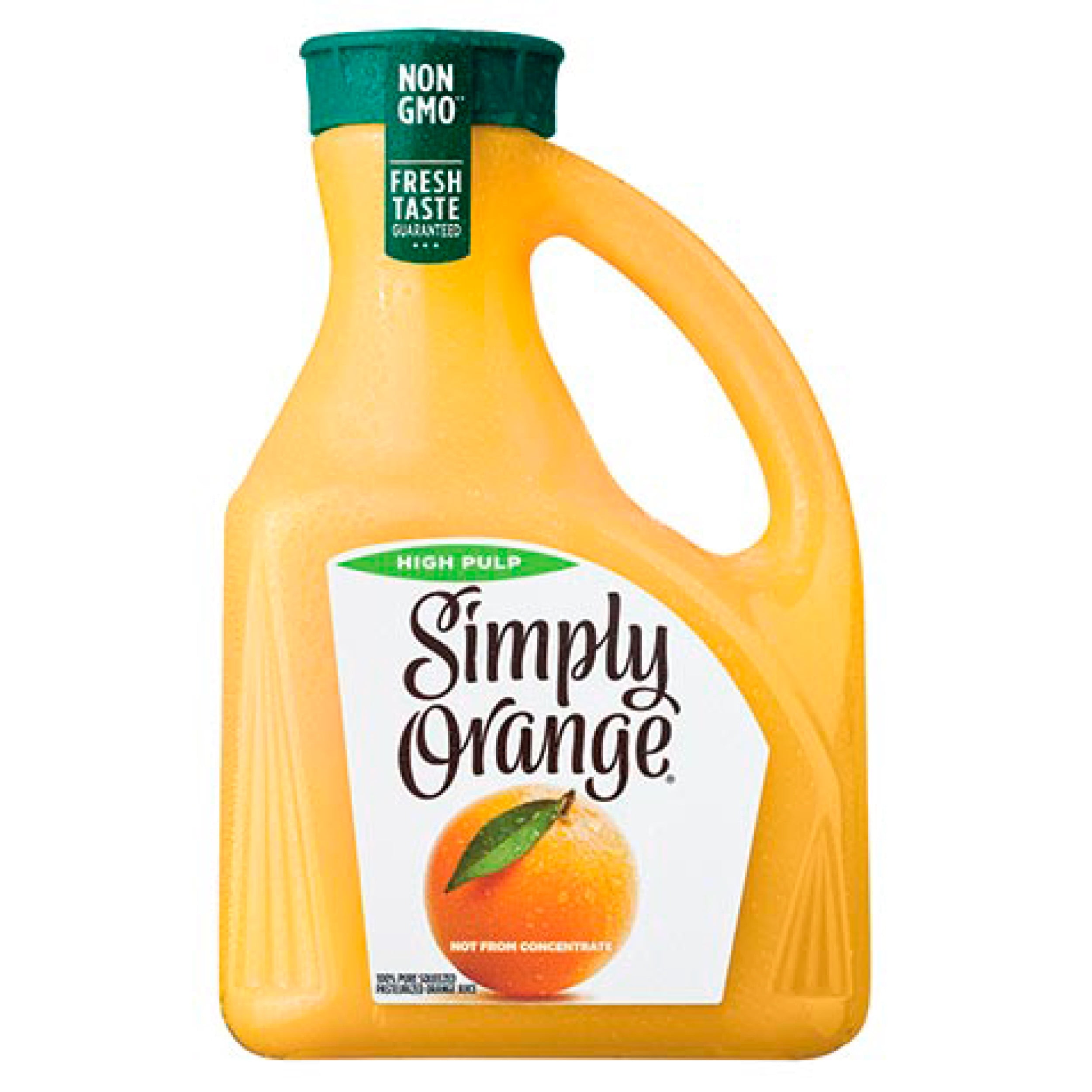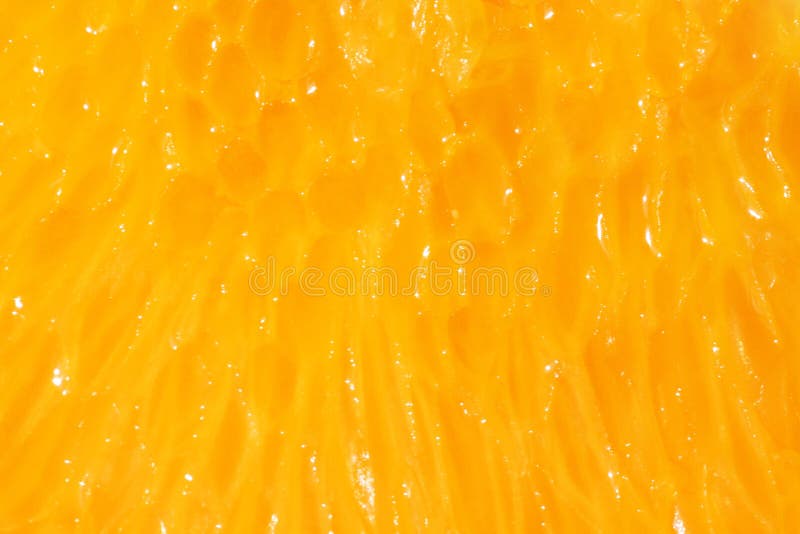
Residue from juice vesicle extraction, once dried, can be added to cattle feed. One of the main uses for juice vesicles is for added substance to animal feed. Light and air are used for drum-drying, but this process often decreases the flavor and color of the solids. When product enzymes are deactivated through heat stabilization, they are frozen. ĭrum drying or freezing are two processes for preserving juice solids. These opaque juice solids are known as cloud. They provide fruit beverages that are sold with a higher appeal to a consumer and improved texture in the juice. The solids can also be stored frozen or sold to beverage manufacturers. The juice solids can also be pasteurized, dried, and sold, but appear dark brown in color if they have not been washed properly before drying. The juice solids become opaque from the pulp washing process, resulting in a less expensive source of fruit solids for food labeling in comparison to regular juice. The juice along with these solids can be combined to increase primary juice yields or sold as bases for fruit beverages. Pectic enzymes can sometimes be added to lessen the thickness of these solids.

Close to 90% of the citrus fruit juice solids are recovered with extractors. The juiciness of the pulp depends on the species, variety, season, and the tree on which it grew. The pulp is usually removed from the juice by filtering it out. Juice vesicles hold a lot of juice that can be recovered through various extraction processes.


A segment of an orange that has been opened to show its pulp.


 0 kommentar(er)
0 kommentar(er)
